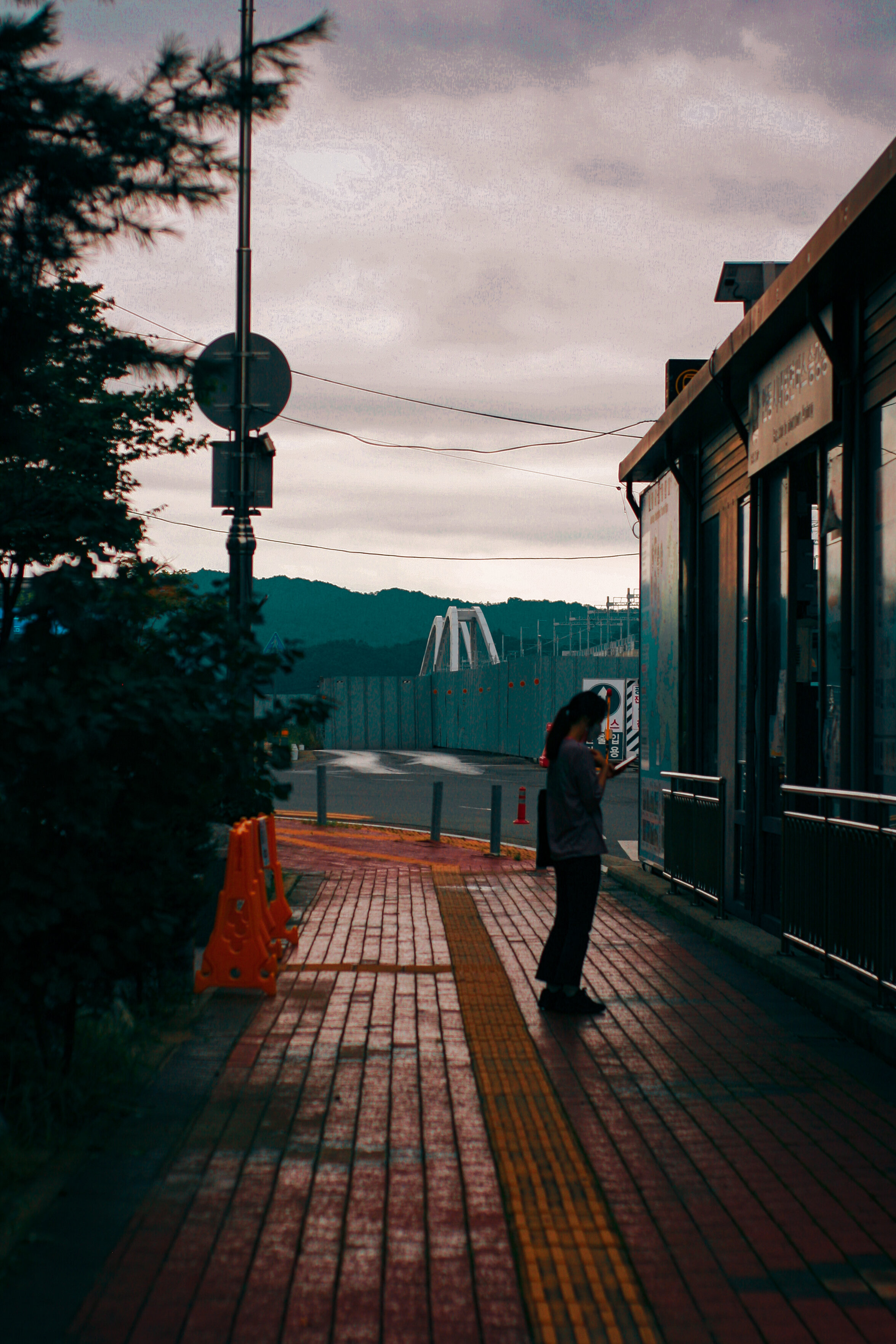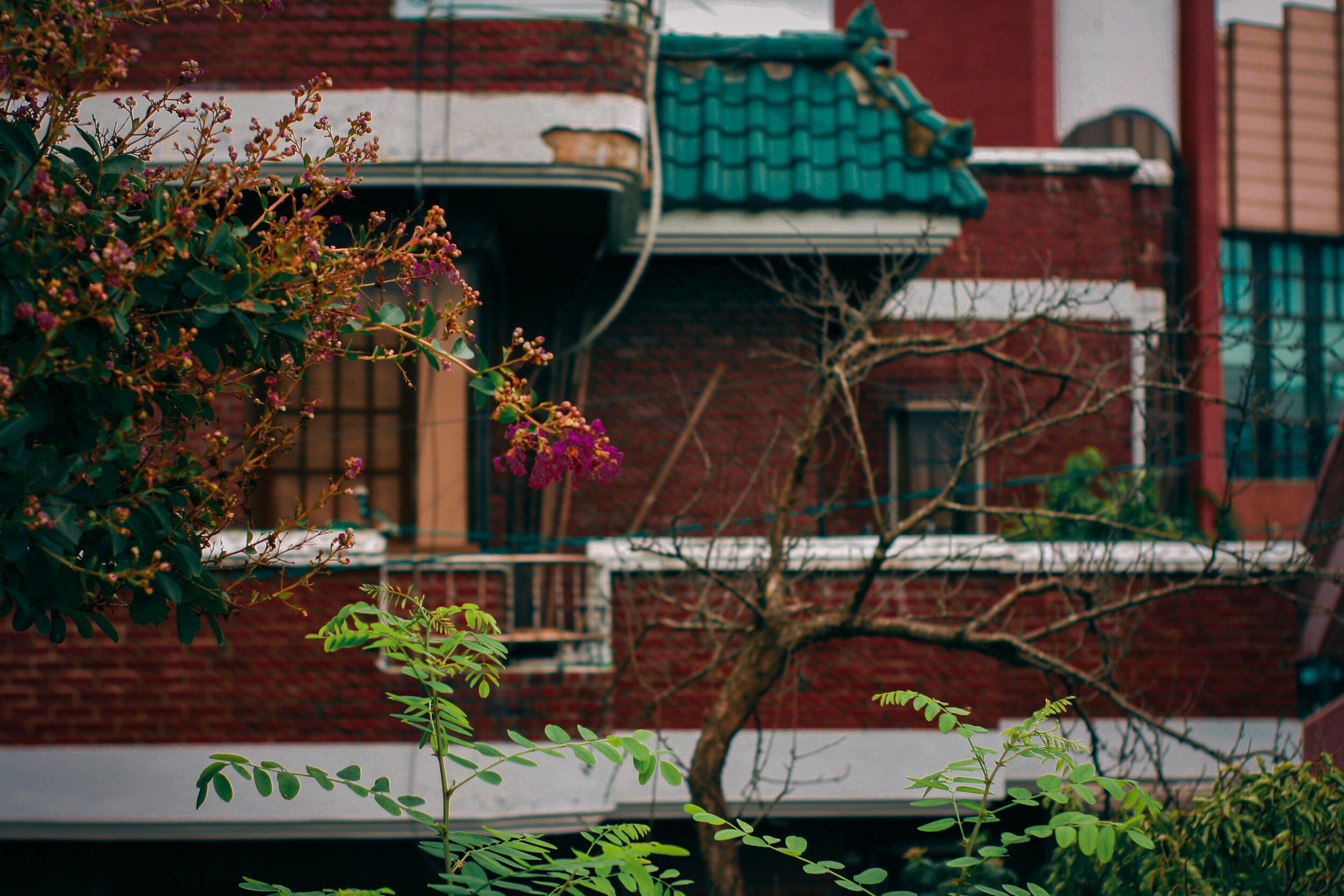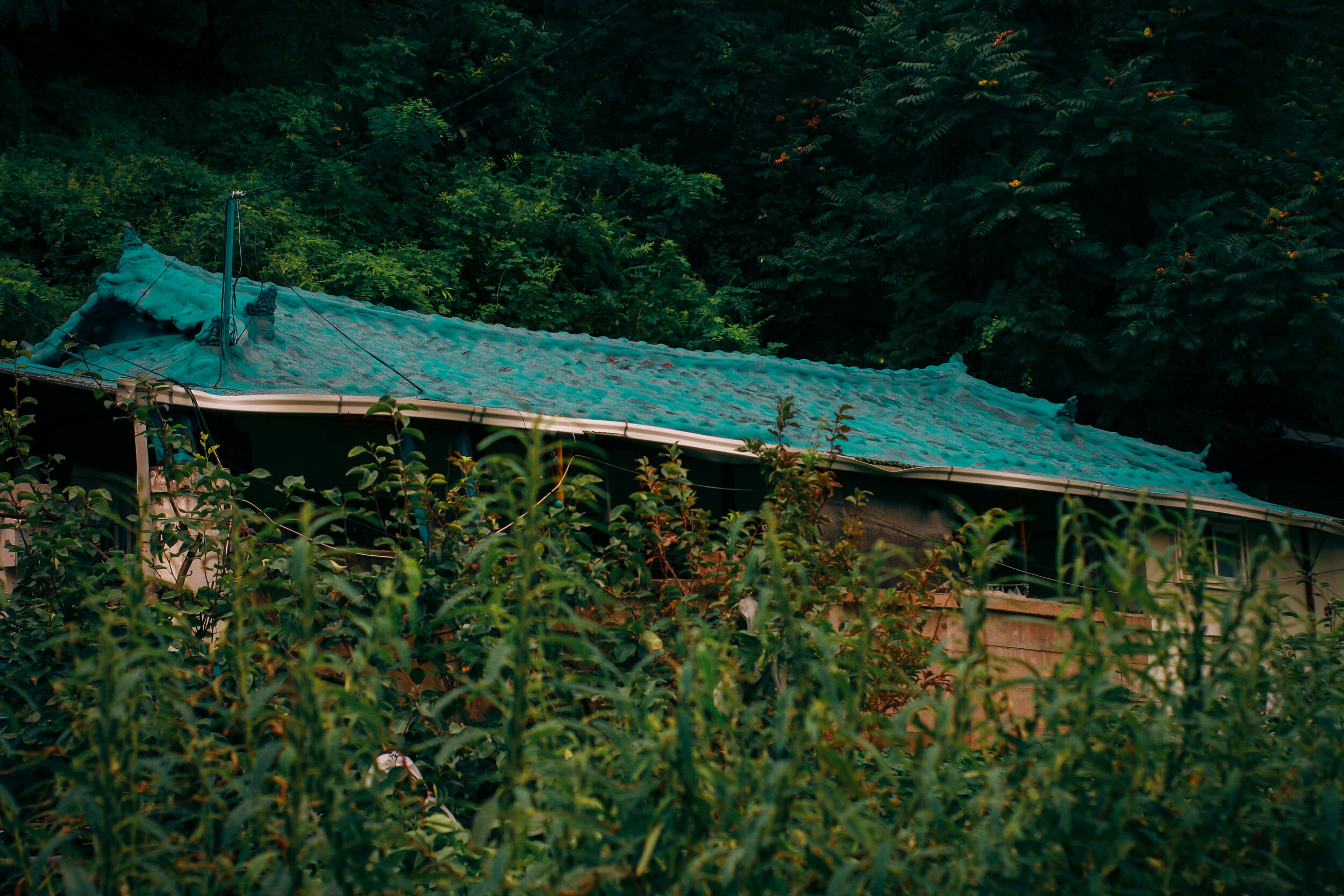Alternative Andong
Or, alternatively, How Not To Be Spontaneous.
Summer vacation came and went quick this past August. I had just a week and a half off, mired with the longest and wettest rainy season in memory. While last year I spent two weeks in Japan, this year international travel is off-limits. For obvious reasons.
So my friend and I decided to take a day trip out of Daejeon to, well, anywhere. We showed up at the bus terminal at 10am, soaked to our boots, and scoured the time table. The next bus was for Andong at 11am. So spontaneous, right?
About two hours and a very scenic bus ride later, we arrived at Andong’s bus terminal, a little lobby with a couple of traditional restaurants attached. We went ahead and bought our return tickets—7pm sharp—so we wouldn’t be stranded for the night. By this point it was already past 1pm and we were getting nervous about time. Would we have enough? We were also starving, but decided to wait until we got to our destination before lunch.
But it was not nearly as easy as we hoped. We hopped in a taxi and told him Andong Maeul—Andong traditional village, please. He drove off, and 30 mins and 30,000 won later, dropped us off the entrance to the village. Nothing was there, not even a cafe or restaurant. We were a bit confused. That’s when we realized we were lost.
There are two hanok villages on the map near Andong. There’s the largest and most famous one, which is way out of the city. That’s the one we ended up at. Then there’s another, smaller and closer to city center, which is host to several cafes my friend wanted to go to.
And turns out, my friend wasn’t interested in the traditional village whatsoever. And I had thought that was our entire point of coming. Damn it.
But I’d been to Andong before for our Fall 2018 EPIK orientation, so I was good with skipping the hanoks and heading back to the city. Since the busses ran once an hour (at best) and we were short on time, we booked another taxi. That cost us another 30,000 won (roughly $25) to get to city hall.
By then it was 2pm and we still hadn’t eaten since breakfast. Plus I was getting a migraine. God, this day was rough.
I directed us to a place my map noted as a market, which turned out to be a galbi (ribs) street. My friend is a vegetarian, so that was a no-go. We finally popped into a random Korean restaurant and sat down in the cool AC. I took my migraine meds, we stuffed our faces with bibimbap and banchans (sides), and tried to decompress after that ordeal.
To be honest, we were a bit defeated. My friend and I are both total planners, type-A sort of travelers, so just “going with the flow” was not natural to either of us. It stressed us both out, especially my friend, who swore to never be spontaneous again.
the weather was a bit drizzly, but the sights were cool
We kept on, though, determined to make the most of our day. We headed to that other hanok village on the opposite side. A big plus to Andong is that it’s walkable, so we marched on foot.
A common complaint/note I hear from other expats is that pretty much all Korean cities look the same. Yeah, Seoul’s denser, Busan’s grittier, Daegu’s wider—but generally you take any random street and it’ll be passable as anywhere else.
I guess I agree, but I don’t really notice that. I kind of just sort Korea in my head as “Daejeon” and “Not-Daejeon.” So for me, it was just good to get out of Daejeon. And there’s just something about small-town Korea that I will never get enough of.
You see, everyone heads to Andong to see the hanok villages (as you should, they’re incredible). But my friend coined the phrase “Alternative Andong”—the side you don’t see. The sleepy bit of Korea that isn’t as glamorous or notable as the streets of Hongdae or Gangnam.
We headed across the river and to a cafe, refreshing ourselves with affagato and a mango smoothie. Then began an impromptu photo walk around the neighborhood. We took pictures of the little side streets, the murals, and the homes with ivy and flowers growing around their walls.
Many of these homes were older, made with bright blue roofs and that telltale red brick you see in homes built right after the war. (Or so I’ve heard; I can’t seem to find a source on the historical context of these brick homes).
But then, just as we started to enjoy ourselves, it was time to go. We headed on a particularly bumpy bus back to the station and boarded our ride back to Daejeon.
Despite the drizzles and the messy itinerary, that day brought some peace to me. The long bus rides reminded me of car rides back home. However, Korea’s still a stranger in so many ways. Returning to Andong reminded me of the Ariel who had just arrived in Korea, all nerves and with so much to learn.
It’s been two years since I came to Korea, and this country somehow still offers comforts and wonders alike.












